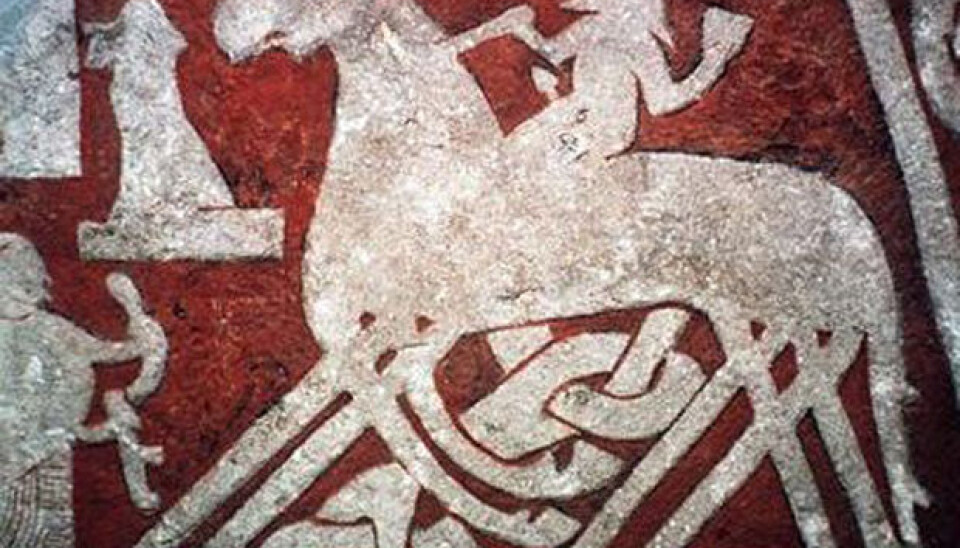An article from KILDEN Information and News About Gender Research in Norway

Norse gods in a crusade for Europe
This week the trial has started against the man behind the terrorist attacks on Norway last summer. "Right-wing extremists draw on pre-Christian religion to build alternative power," says theology professor.
Denne artikkelen er over ti år gammel og kan inneholde utdatert informasjon.
Anders Behring Breivik, charged with the bombing and mass shooting in Norway last summer, named his gun "Mjolner", after the norse god Thor's hammer.
Breivik also claims to be an “Odinist”.
The terrorist argued in his manifesto that European Christianity has become weak and feminized as a result of modernism and multiculturalism.
He believes Europe is watering down its own cultural traditions and inherited values, turning the other cheek and is thus being invaded and raped by the enemy.

"In pre-Christian Norse belief – which Breivik calls “Odinism” – he finds an alternative strength and masculine aggression, which can be used to defend Europe’s honour and supreme identity," says theology professor Jone Salomonsen of the University of Oslo.
As a result, Breivik calls for a strategic union of Christianity and paganism in order to mobilise Europeans for battle.
Salomonsen does not think that the killer is a believer himself. Instead, both Christianity and paganism are a matter of identity for him.
And he emphasises that ‘Odinism’ is not the answer to like-minded people in the Balkans, for example. He encourages them to draw on their own local forms of paganism instead.
"In his universe, Christianity is a symbol for a strong Europe while local pagan traditions symbolize strong local identities," says Salomonsen.
Right-wing paganism
According to Salomonsen, Breivik and his manifesto illustrate the significance of recontructed paganism for the ultra-reactionary right wing.
“Breivik is not the only right-wing radical with these ideas,” she says.
She refers to the radical right-wing journal Telos, which has argued that the spirit of Christianity must be incorporated with the spirit of old paganism to preserve and create a European cultural heritage, based on the example of Charlemagne, in order to accelerate the rise of radical European nationalism.
She states that like-minded groups have distanced themselves from Breivik’s actions, not because they believe his convictions are morally reprehensible, but because his actions were dishonourable’, ‘distasteful’ and counterproductive to the larger cause.
"There is no disagreement about the ideas underlying the mass murders, which are that Europe is in the midst of a civil war between good and evil and that the main enemy is Islam, feminism and multiculturalism,” says Salomonsen.
Hates left-wing paganism
Neopaganism is a generic term for modern nature religions, which are often claimed to be a reimagined form of pre-Christian religions. The largest and most influential of these is Wicca, which is often referred to as feminist and which has strong ties to various left-wing protest movements.
Breivik and his kind have little patience for this form of paganism, and they distinguish themsleves as reconstructing the old pagan traditions while Wicca merely invents neopaganism.
In his manifesto, Breivik identifies Starhawk, a leader of the radical left-wing pagan Wicca tradition in the US, as one of his enemies. She is a feminist and non-violence activist, and currently one of the leaders of the Occupy Movement, which has grown rapidly in the U.S. in the past six months.
"She could hardly be further from Breivik politically. So although they both call themselves pagans, this doesn’t mean they have similar projects, rather the opposite,” Salomonsen concludes.
Translated by: Connie Stultz






























